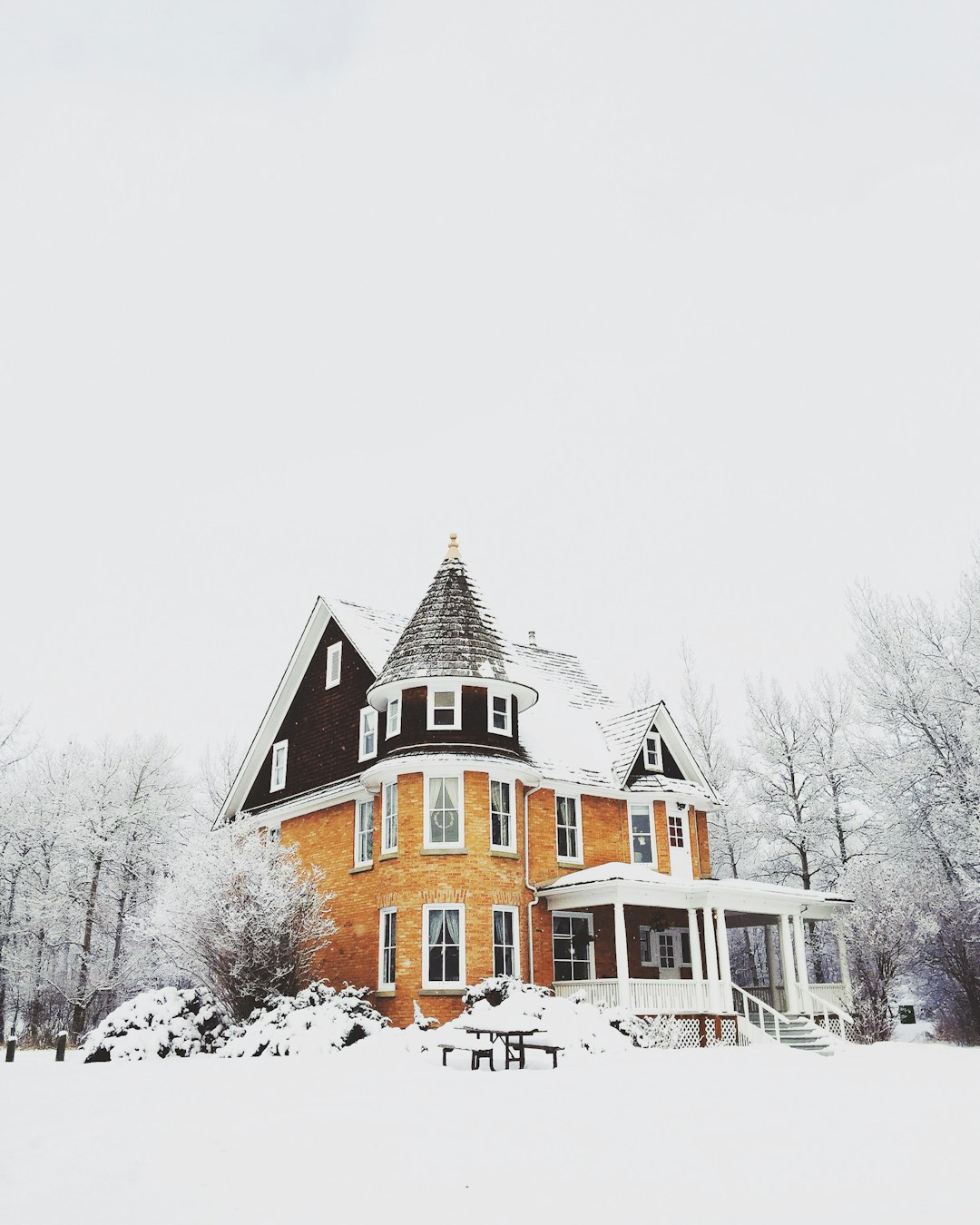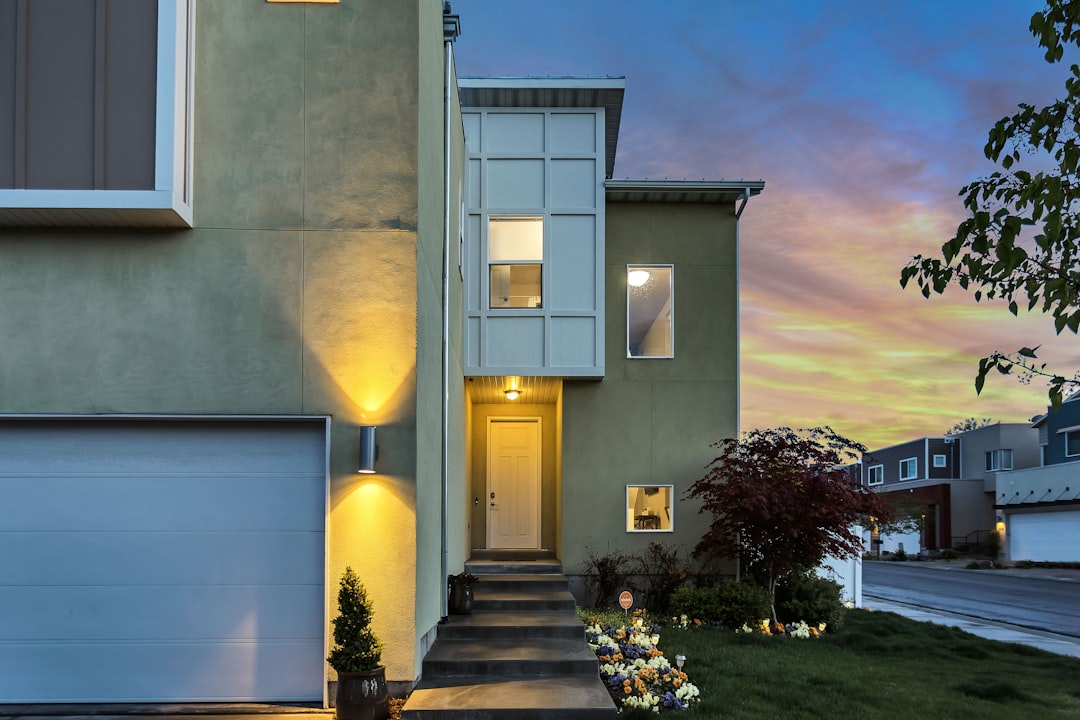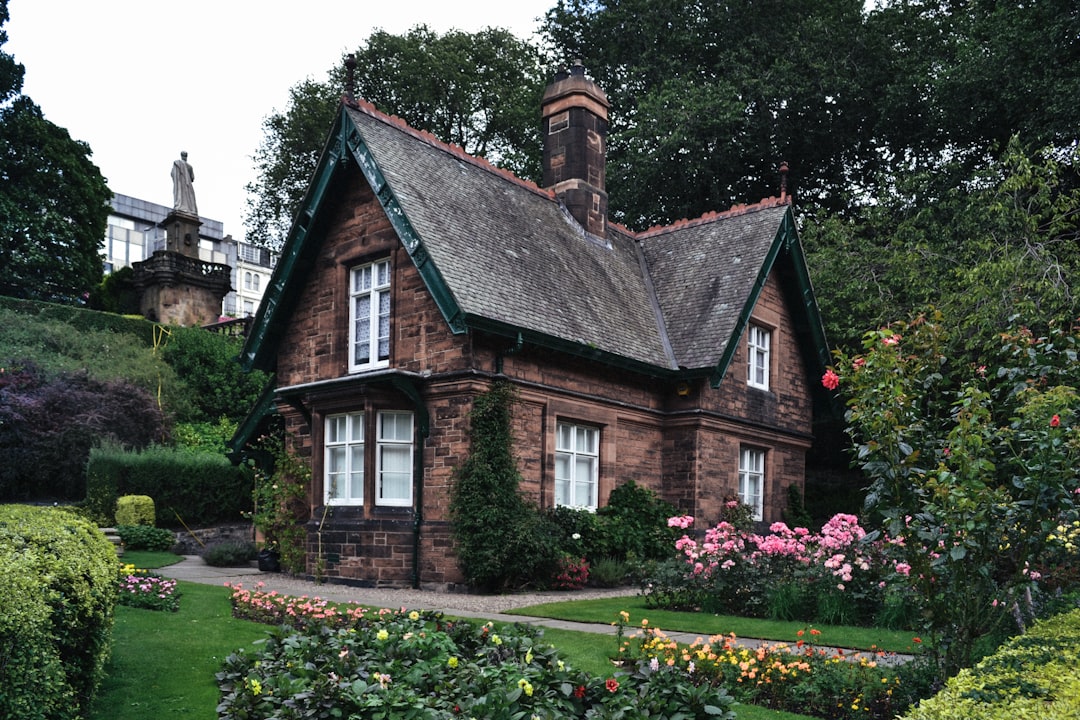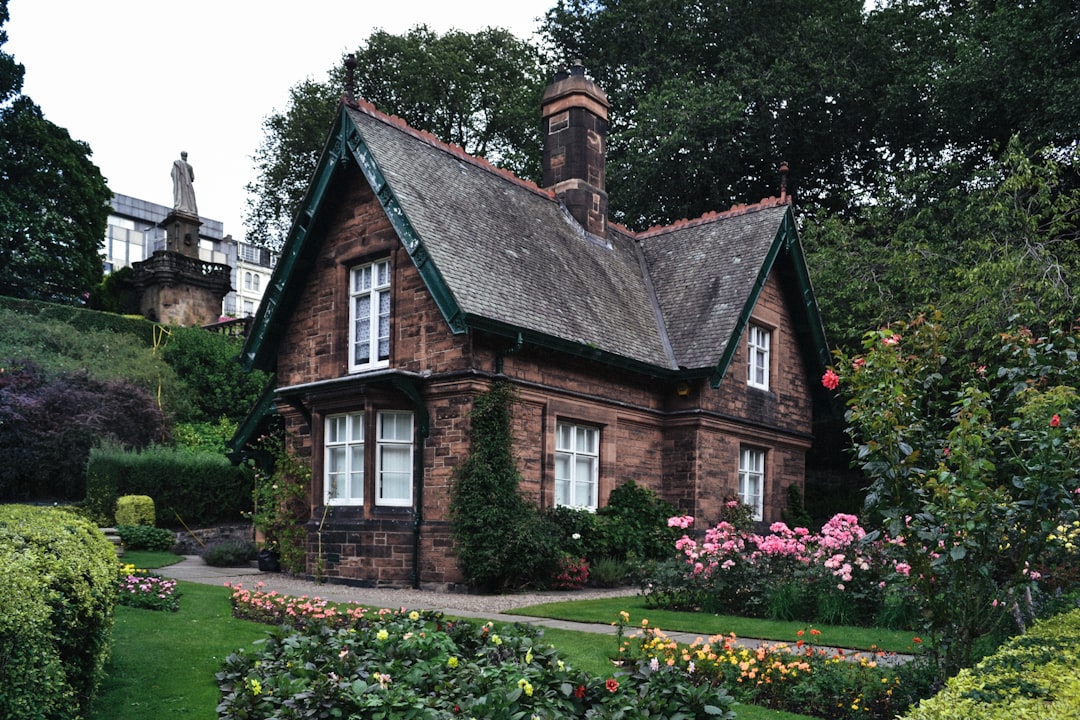The restoration of heritage homes under the Heritage Homes program involves a meticulous process that balances maintaining their historical integrity with updating them to meet modern safety and comfort standards. Preservationists carefully assess and restore these homes, using traditional craftsmanship alongside sustainable materials and practices to ensure their architectural and cultural value is preserved for future generations. The restoration adheres to strict local and national regulations designed to protect the original features of the homes while allowing for necessary modern updates. Artisans specializing in historical techniques are employed to authentically recreate elements using appropriate materials, such as lime plaster and natural slate roofing. Energy-efficient solutions and recycled timber are incorporated to align with contemporary living standards without compromising the homes' historical authenticity. Sustainable practices, including non-toxic paints, are also employed to honor both the environment and the conservation ethos of heritage restoration. Case studies like those of the George Washington House and the Kerr House demonstrate the successful integration of traditional methods with modern functionalities, ensuring these cultural treasures remain relevant and well-preserved for continued appreciation.
Heritage homes stand as testaments to historical eras and architectural innovation, embodying cultural legacies. This article delves into the art of restoring these national treasures, ensuring they retain their integrity while becoming functional for modern living. We explore the nuanced approach required by preservationists, navigate the intricate legal frameworks protecting such homes, and investigate the best practices in techniques and materials used in restoration. Through case studies highlighting successful transformations, readers will gain insights into the delicate balance between preservation and adaptation. Join us as we honor and revitalize these historic residences, ensuring they endure for future generations to appreciate and inhabit.
- Assessing the Needs of Heritage Homes: A Preservationist's Approach
- Navigating the Legal Framework for Restoring Historical Homes
- Techniques and Materials in Heritage Home Restoration
- Case Studies: Successful Restorations of Historic Residences
Assessing the Needs of Heritage Homes: A Preservationist's Approach

Restoring homes with historical or architectural significance is a delicate task that demands a profound understanding of the building’s past and its importance within a cultural landscape. Heritage homes carry the imprint of history, embodying the craftsmanship and values of bygone eras. Preservationists approach such projects with meticulous care, prioritizing the preservation of original materials and design elements that contribute to the home’s historical integrity. They conduct thorough assessments to identify which aspects of the structure are critical to its heritage value. This involves analyzing architectural features, reviewing documentation such as blueprints and property records, and considering the home within the broader context of its community. The goal is to ensure that any restoration work is sympathetic to the building’s original character while also addressing modern requirements for safety, comfort, and functionality. By utilizing appropriate materials and preservation techniques, these experts strive to maintain the continuity of the home’s story without compromising its enduring legacy. This balance between honoring tradition and accommodating contemporary needs is crucial in safeguarding our built heritage for future generations.
Navigating the Legal Framework for Restoring Historical Homes

Navigating the legal framework for restoring historical homes necessitates a thorough understanding of local and national regulations that govern heritage conservation. These laws are designed to protect the architectural and historical integrity of such dwellings, ensuring they remain as testaments to past eras. The Heritage Homes program often oversees these restorations, providing guidelines and approvals for work that aligns with preservation goals. Homeowners must comply with these regulations, which can vary significantly from one jurisdiction to another. The process typically involves submitting detailed plans and documentation for review by heritage authorities, who assess the proposed changes against established criteria for maintaining the home’s historical character. This meticulous process ensures that the structural and aesthetic elements that define a home as historically significant are preserved, while still allowing for necessary updates to enhance functionality and safety without compromising its authenticity. Understanding and adhering to these legal requirements is crucial for anyone embarking on the restoration of historical homes, as it ensures compliance with the standards set forth to protect our architectural heritage.
Techniques and Materials in Heritage Home Restoration

Restoring heritage homes necessitates a delicate balance between preserving historical integrity and updating for modern living. Skilled artisans employ a variety of traditional techniques to ensure that the restoration is faithful to the original craftsmanship. These include lime plaster applications, which provide breathability to the walls and are sympathetic to the era in which these homes were built. Similarly, roofing materials like natural slate or clay tiles are favored for their longevity and aesthetic appeal, mirroring the authenticity of the property’s early design. Windows are often restored using double-glazed units that are tailored to match the original style while offering improved thermal performance.
In the realm of materials, sustainability is a growing concern. Eco-friendly options like recycled timber for structural elements and non-toxic paints are becoming more prevalent. These not only respect the environment but also align with the values of conservation that underpin the ethos of heritage home restoration. Additionally, advancements in technology provide modern solutions for issues like energy efficiency, ensuring that these homes can be preserved without sacrificing comfort or functionality. By combining traditional craftsmanship with contemporary innovation, these restorations breathe new life into historical properties while maintaining their unique character and significance.
Case Studies: Successful Restorations of Historic Residences

Throughout history, homes with significant heritage or architectural value have undergone meticulous restoration processes that preserve their historical integrity while incorporating modern functionality. One such case study is the restoration of the George Washington House in Mount Vernon, Virginia. This project exemplified the delicate balance required when reviving a site of such immense historical significance. The restoration team employed traditional methods and materials to maintain the authenticity of the home, ensuring that its original character was respected. Similarly, the restoration of the Palladian mansion, Kerr House in Alabama, stands as another testament to successful heritage home preservation. Here, contemporary energy-efficient systems were seamlessly integrated into the historic fabric, achieving both environmental and historical compliance. These case studies highlight the importance of a symbiotic approach that honors the past while preparing the homes for future generations to appreciate and experience.
Restoring heritage homes is a delicate endeavor that requires a blend of skilled craftsmanship and adherence to historical preservation principles. This article has provided an in-depth look at the intricacies involved in this process, from assessing the unique needs of these structures to understanding the legal framework that governs their restoration. We’ve explored the techniques and materials that are most suitable for maintaining the integrity of historical homes, as demonstrated through compelling case studies of successful restorations. It is clear that with dedication and expertise, these architectural treasures can be preserved and revered for future generations to appreciate and inhabit. Heritage homes stand not just as structures but as testaments to our collective past, embodying the craftsmanship, values, and stories of bygone eras. Their restoration is an investment in our cultural landscape that enriches both communities and the individuals who call these homes their own.
